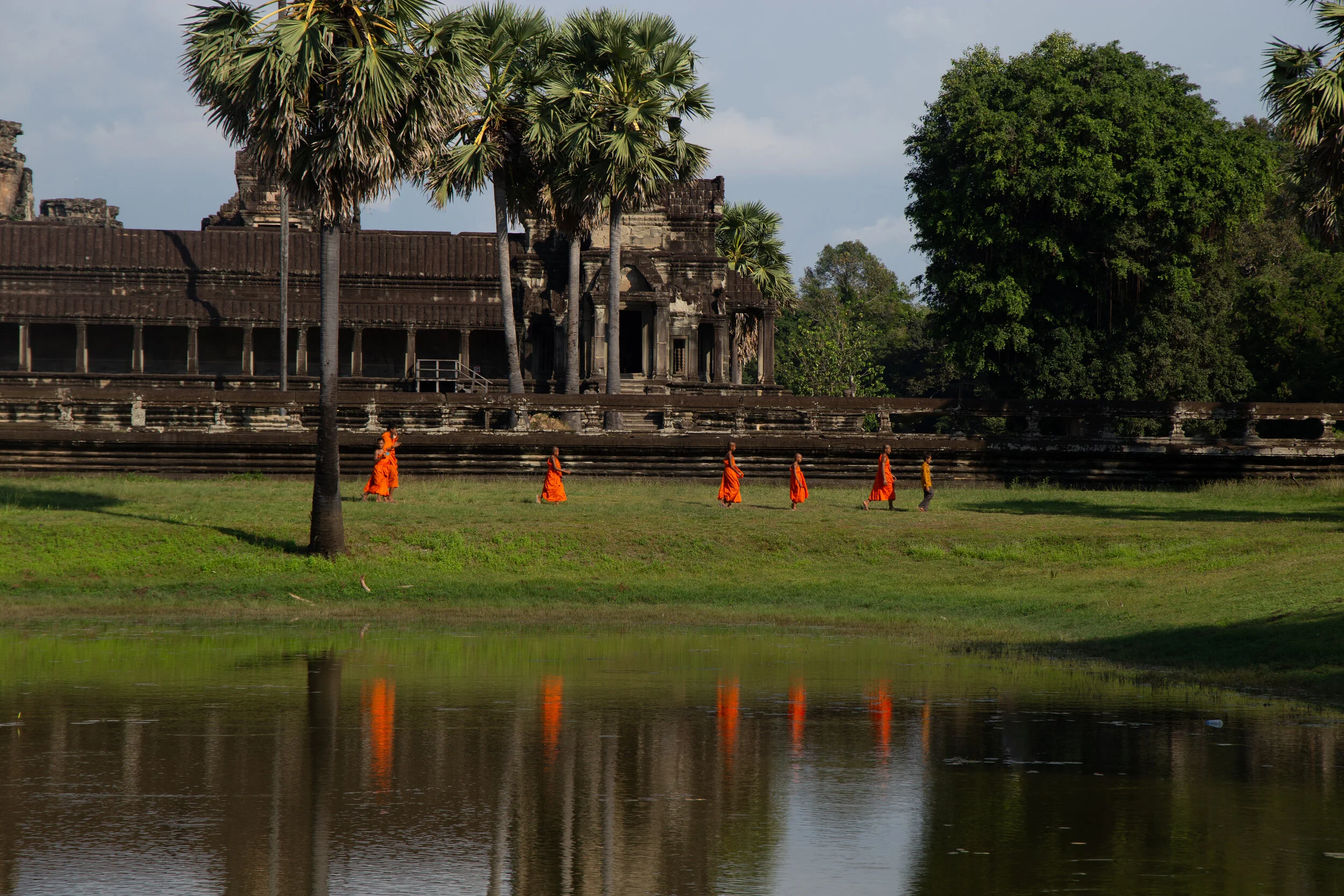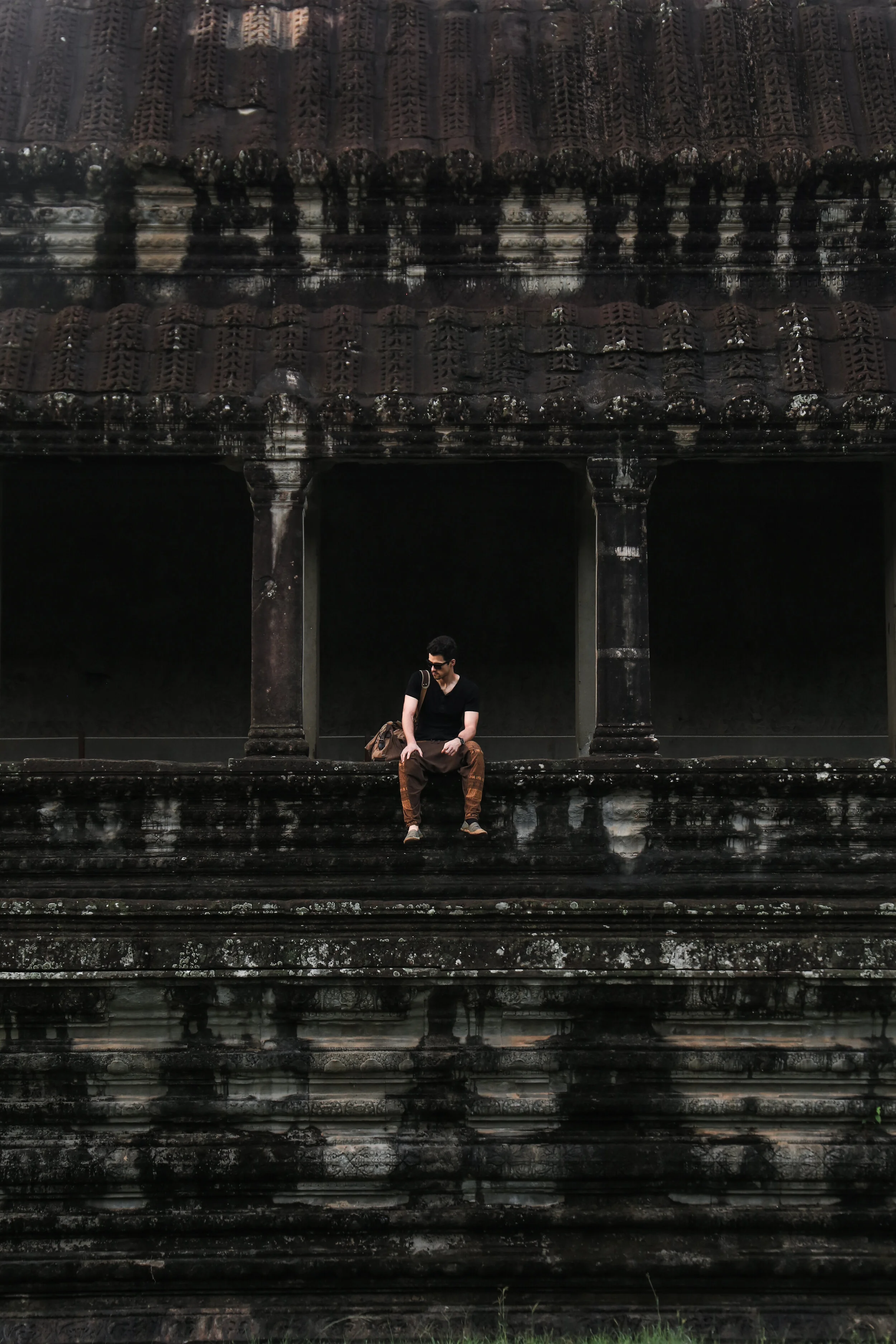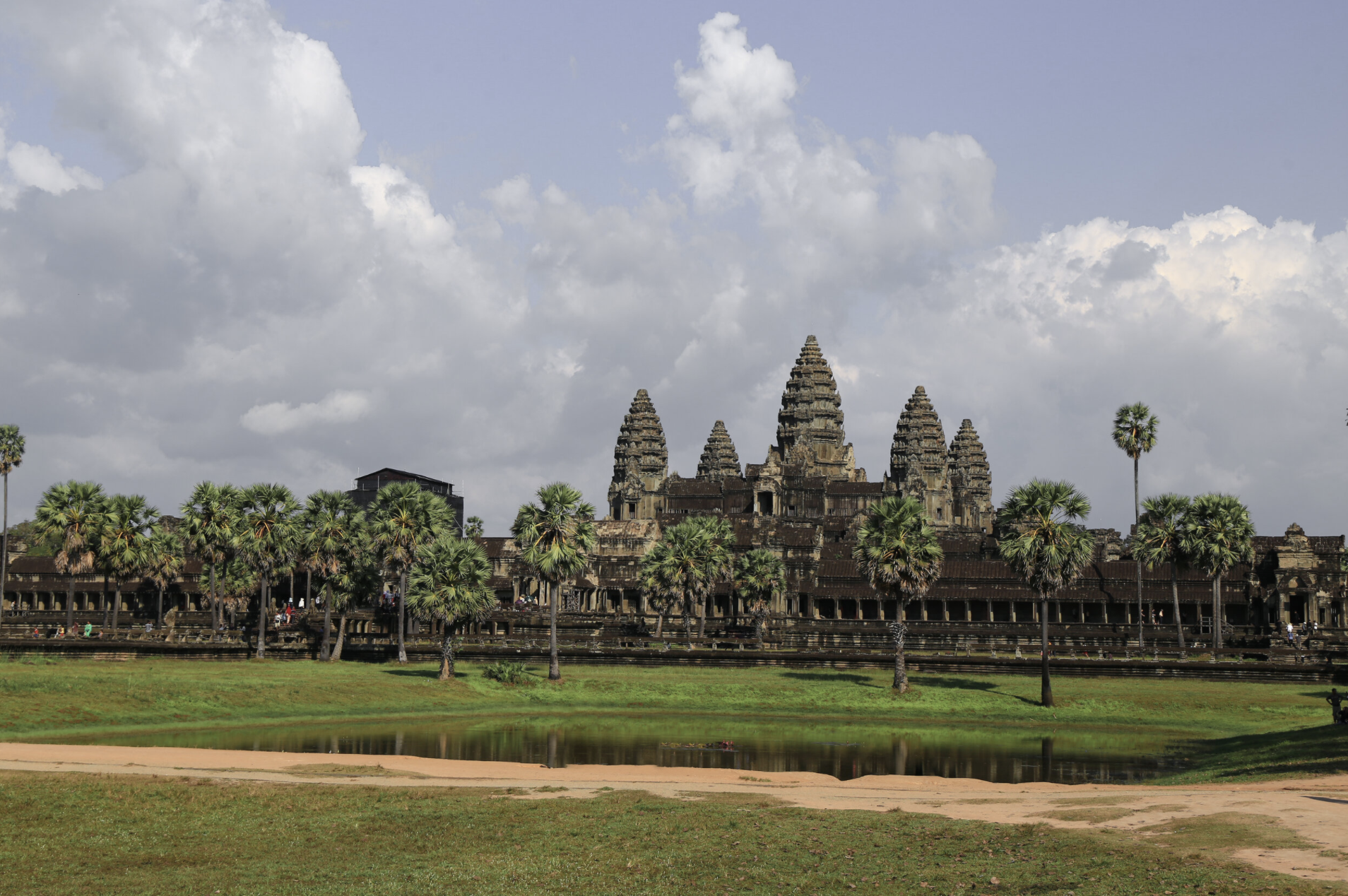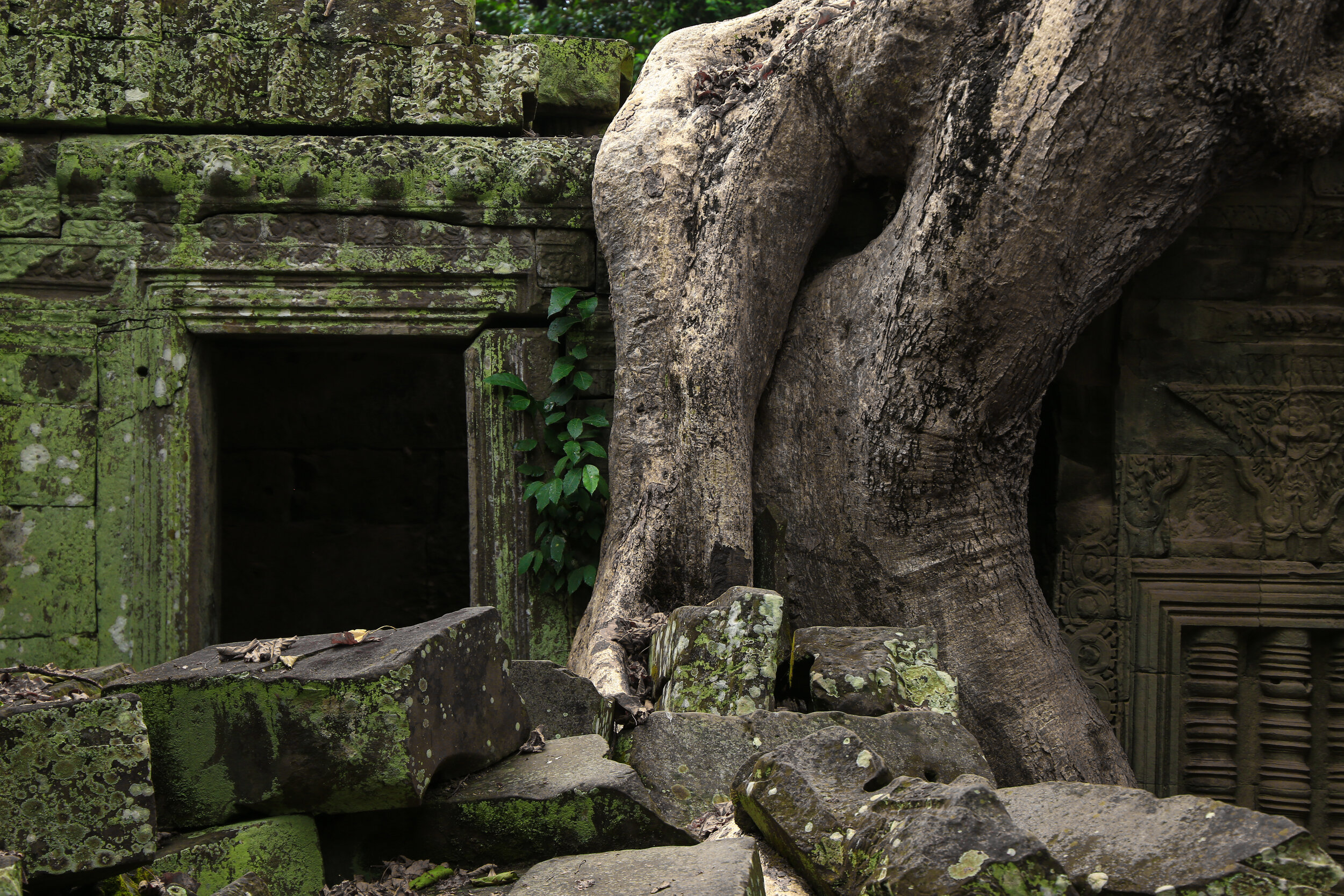Angkor Wat
THE one
***
early 12th century
Angkor What?
Everyone has heard about Angkor Wat. There is a common misconception that "Angkor Wat" represents all of the ancient Hindu temples north of Siem Reap, but in fact, it is just one of many temples. They might all look very similar at first glance, but each has its own distinctive features that set it apart from the rest. Some are less interesting than others, but it’s worth spending a few days in the area to explore them at a relaxed pace and learn about their history. We had 4 days and that gave us enough time to see most of what there is to see.
An Iconic Landmark
Angkor Wat is one of the most iconic monuments in the world. It’s the emblem of Cambodia, the pride of the nation - you can even find it on the Cambodian flag! It was built over the course of 30 years (an impressive achievement given its scale) and is dedicated to Vishnu, unlike most of the Hindu temples that came before it, which were Shiva sanctuaries. Over time, its spiritual purpose has shifted from Hindu to Buddhism.
It is said that Angkor Wat is the largest religious monument in the world. It’s really impressive in scale, but also in detail. At its centre - a Buddhist sanctuary adorned with the five iconic spires, meant to represent lotus buds. Around the courtyard - galleries lined with intricate carvings depicting fragments of history. Angkor Wat is also an architectural wonder, and some of the techniques used to build such a heavy structure on such fragile soil remain a mystery.
When to visit
Despite the early morning popularity, it is possible to enjoy Angkor Wat without the crowds. The best time to visit the temple itself is just after sunrise, and before 8am. Unlike other Angkor temples which officially open at 7:30am, Angkor opens before sunrise (5am). After seeing the sunrise at the reflection pond, the majority of tourists will head back to their accommodation to have breakfast. That is your window for exploring the temple in peace. Note that access to the central tower is limited and the queues can be very, very long. It opens around 6:30 - keep an eye on it and try to make it in the first group.
We visited Angkor Wat in the morning and returned on another day in the afternoon, just to get a better light on the main entrance. It was crowded, though the sheer size of the temple grounds does help. I imagine visiting just before closing time (5:30pm) might be a good idea too, as the crowds would be gone and the light would be at its best.
The Sunrise
Sunrise at Angkor Wat is one of the most popular bucket-list entries out there. It is hard to describe just how popular it is. This is not something reserved for the more determined of travellers willing to wake up at 4am. It’s an experience that every single visitor to Angkor must tick off their list and every tour operator knows that. The crowds are unbearable, so much that this experience simply cannot be enjoyed anymore.
Personally, I think sunrise at Angkor Wat is overrated, even without the crowds. Yes, the sky is a nice colour (though much more pale in reality compared to my photo below) and there are ten spires instead of five, if you visit at the right time of year when there is any water! But it’s really not that special. I would even go as far as suggesting to skip the sunrise altogether.
But no one will take that advice. For the best view of sunrise over Angkor Wat, The Northern Reflection Pond is where you want to be. See what time your tuk-tuk driver suggests and aim to get there even earlier. Race the crowds along the long walk from the parking lot and secure a spot. It will be hard to get close to the water later, as the people will really hold on to it. I didn’t manage to get all the way to the front, because some people really needed that prime spot to take selfies with the sunrise *sigh*. If you intend to bring a tripod, you really should arrive earlier than most.









Our recommendations